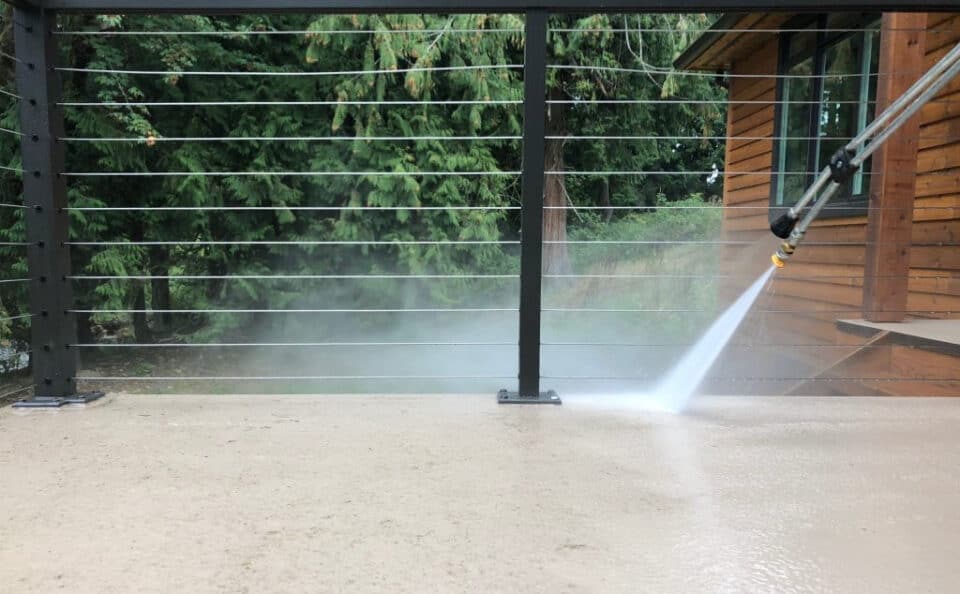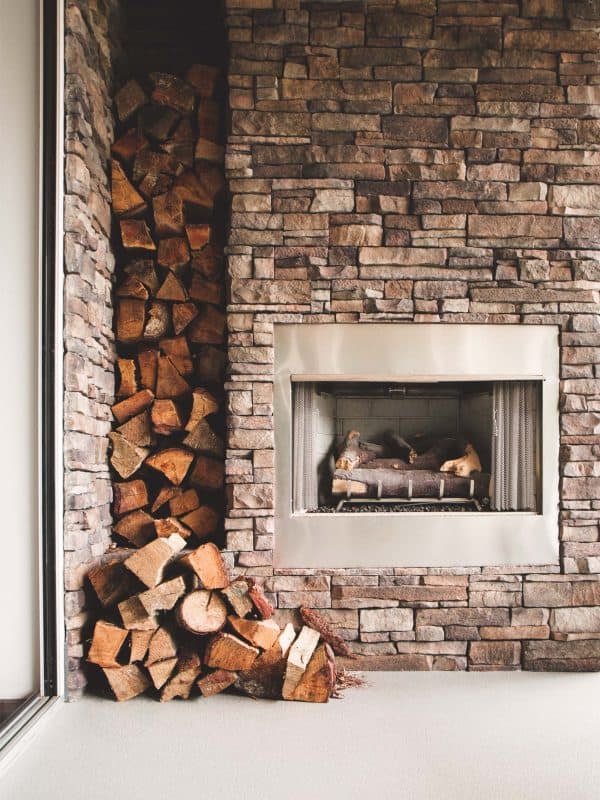If you’ve been considering an epoxy coating for your garage floor then you probably have questions like these. Is it worth it? How much value will it add to my home? What are the benefits of having it coated? Should I attempt to do it myself? Below, you will not only find the answers to these questions but answers to the questions that you haven’t even thought of yet. Read more to find out what you need to know about epoxy garage floors.
Here’s just a few of the benefits of an epoxy floor:
- Rolled or troweled on creating a seamless floor.
- Epoxy provides an attractive floor in a variety of colors and styles. You can choose one solid color, or a pattern of color chips, color quartz, or metallics (though we suggest a solid metallic for a garage).
- Chemically resistant surface.
- Incredibly durable and hard wearing, lasting for several years with little maintenance.
- Slip resistant if non-skid coating is chosen finish.
- Dirt, debris, dust, and even spills such as motor oil, wipe right up leaving no stains.
- Protects the concrete underneath from the heavy traffic and equipment use on the surface thus protecting your concrete slab.
- An Epoxy coating creates a clean environment by stopping the dust created by powder that a cement floor sheds.
- A light color epoxy can brighten any room.
- Epoxy garage floor coatings are a great feature to include when selling a home.
What is Epoxy?
First of all, epoxy is not paint. There are plenty of videos on how to DIY an epoxy garage floor and I cringe when they instruct on floor prep. I really shake my head though when they bring out the “epoxy kit” they bought at a big box store. A paint type product, loaded with solvents that will evaporate out and leave you with a thin…something. Sure they put some epoxy in it so that they can label it as epoxy but if you have to allow it to dry that is a sure sign that it is paint.
Epoxy is actually a thermosetting resin that is applied as a coating. You mix one part epoxide resin with one part polymine hardener. The hardener is a catalyst.
So, unlike paint which has to dry, epoxy cures. Once the two parts are mixed a chemical reaction is started which actually starts the curing process. This is where it gets exciting because you have to move quickly to get it down before it hardens. During the curing process, polymer chains are chemically joined together in places by covalent bonds. This is known as cross-linking. This is what gives epoxy its strength. In fact, epoxy is one of the toughest and most durable finishes that you can apply to a concrete floor.
Moisture: Always check for moisture before applying an epoxy coating
Concrete is a permeable material. This means that ground moisture can come up through the concrete slab in the form of vapor affecting anything sitting on the concrete surface. Add a flooring surface to trap the vapor and you could have unwanted problems. We won’t even go there.
When we come to look at a garage we will walk around looking for signs of efflorescence (powdery white or grayish, salt deposits left behind when water evaporates). We will also walk around looking for any damp or wet areas which may show up under a box or a piece of plastic.
If signs of moisture exist, we would perform a moisture dome test (moisture vapor transmission rate) to find out how much moisture is coming up through your slab. We would then recommend a type of epoxy flooring system based on the reading from the test.
Floor Prep: a vital step for a successful coating
Remember when I said that I cringed when I saw those DIY “epoxy” floor videos? Well, there’s good reason. Some floor kits are actually sold with an acid to scrub your concrete before applying the epoxy. While acid etching can be very cheap to do and feasible, it does not guarantee that the epoxy will bond to the concrete. It does not degrease any oil stains and it may not give enough concrete surface profile. You could end up with a mess of a garage floor. We have fixed a few of these.
Concrete surface profile or CSP, refers to bringing the concrete back to its original surface of just plain concrete. For good bonding of epoxy it it important to achieve the correct CSP. Generally speaking, the thicker the coating the rougher the profile needs to be. A brand new concrete floor still needs to be profiled for epoxy to bond mechanically. Profiling is simply exposing the pores of the concrete. You see, concrete in finished to provide a smooth and even finish which reduces the porosity or surface profile. A CSP of 4-6 on a scale of 1 to 9, needs to be achieved for a proper bond of epoxy. This is best achieved by shot blasting or grinding.
We help you determine which method is the best choice for your floor. We don’t recommend renting a machine and trying to grind the floor yourself unless you feel very confident in doing so. A professional has the proper equipment and expertise and we can guarantee a good bond.
Concrete cracks. It just does. Most cracks are hairline cracks and will be covered by the epoxy coating. Some larger cracks may need to be filled prior to coating. We will fill any active cracks before coating.
Epoxy: the final step
Patterned or Solid? It can be a hard choice but here’s a few things to consider. Will you be repairing vehicles or wood working in the space? Then we would recommend a light, solid color so it’s easy to find the screw or nut that falls to the floor. If you’d like to show off your sports car collection, then try something jazzy, like a metallic floor. If you plan to keep kayaks or sports equipment that could track in water, then you might consider adding a slip resistant texture. The possibilities are almost endless so have a little fun with it.
Products: Industrial grade for home and commercial use
We like a product called Kemiko (Sta-Crete) for floor systems that will receive lighter traffic and use. Most garages and shops fall into this category. This is a waterborne epoxy. Abrasion and chemically resistant, low VOC and nearly odorless makes it ideal for indoor and residential garage floors. Two coats, one acting as a primer, are applied to create a thickness of 15-20 mils for a solid color epoxy.
For shop floors that will receive heavy traffic we like Armor-Rez HD epoxies from Arizona Polymer Flooring. Armor-Rez is a 3 component, high performance system that is troweled on to a finished thickness of 1/8” plus. Low viscosity resin combined with graded aggregates cures to an impressively hard impact-resistant system. Once this base coat is cured, it is sealed with a variety of topcoat, specific to the demands of the environment. Overall, a great product for a long lasting floor.
Both systems are fantastic and we’re confident that you’ll love the results!



